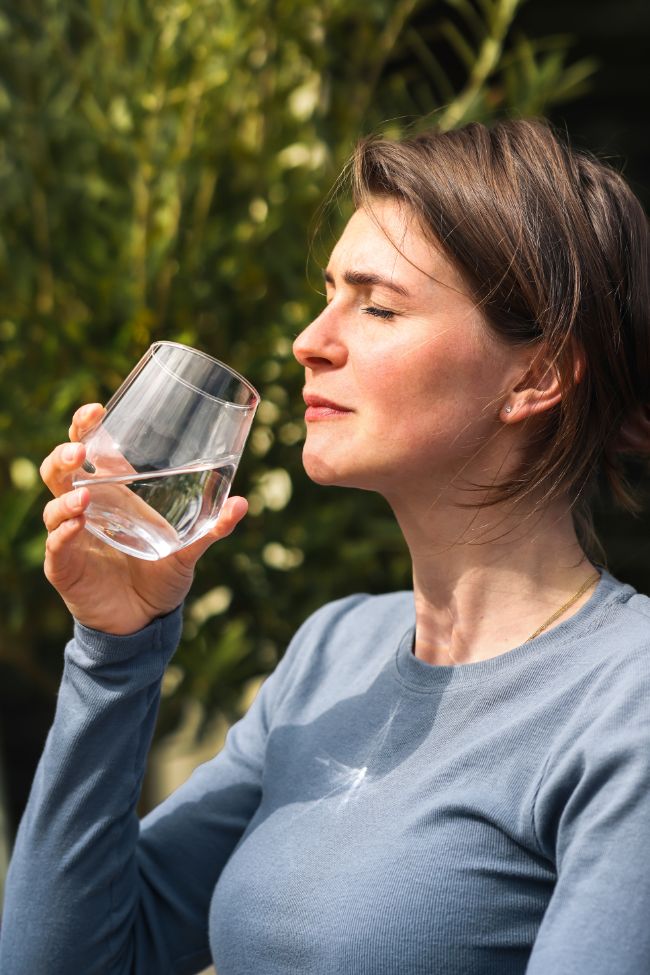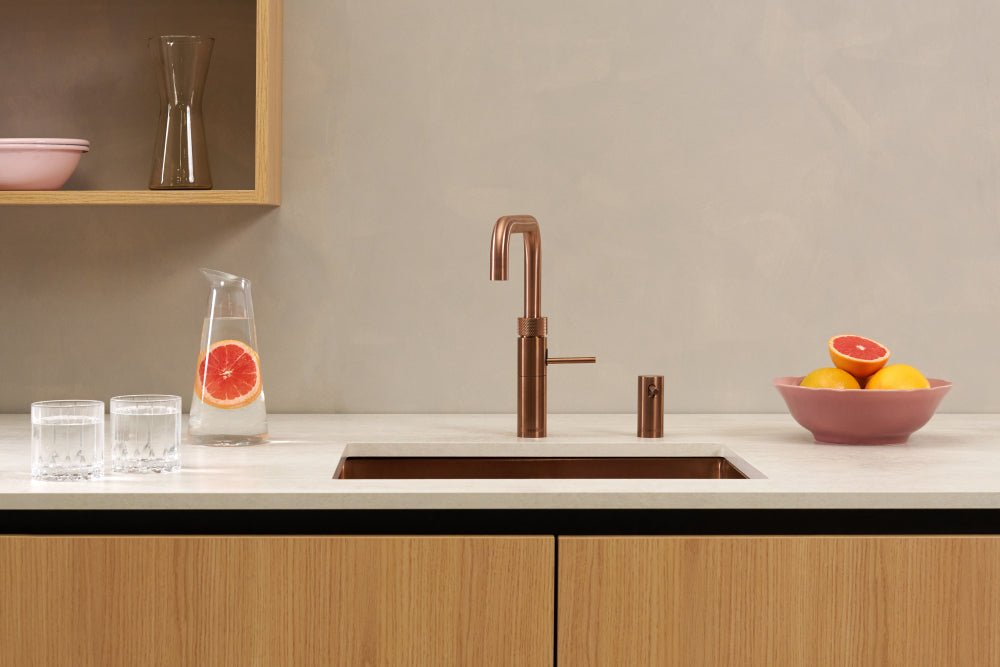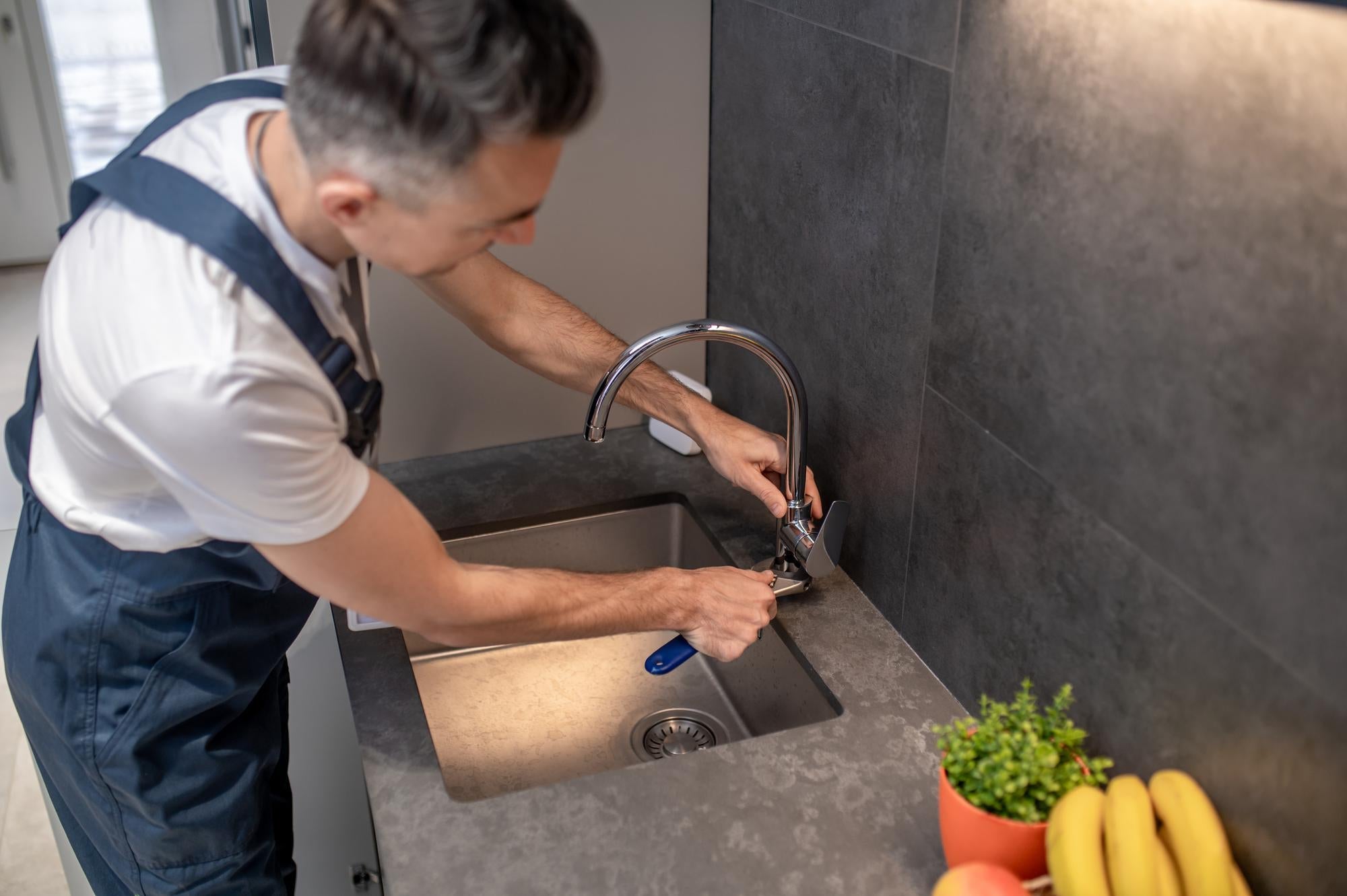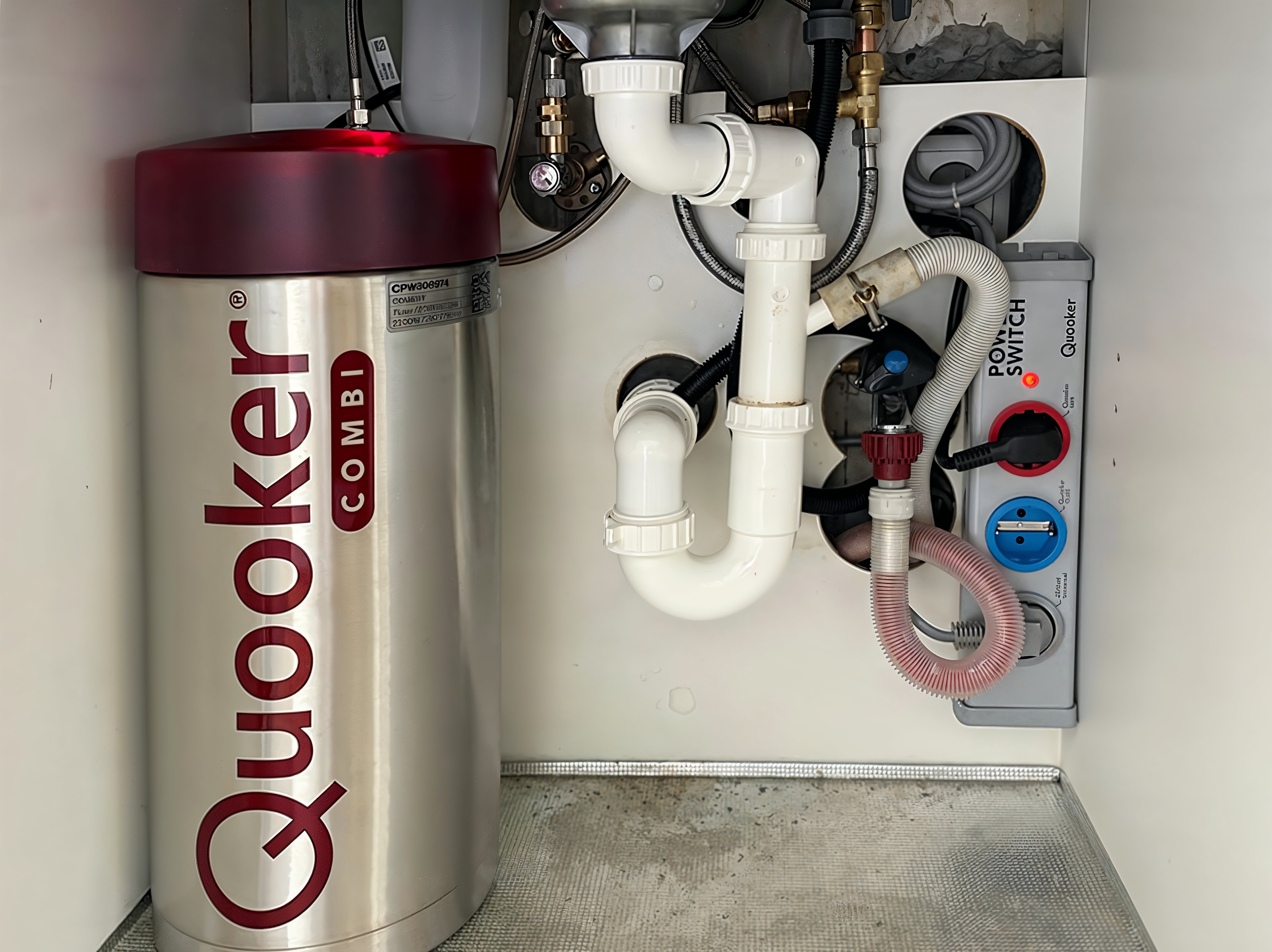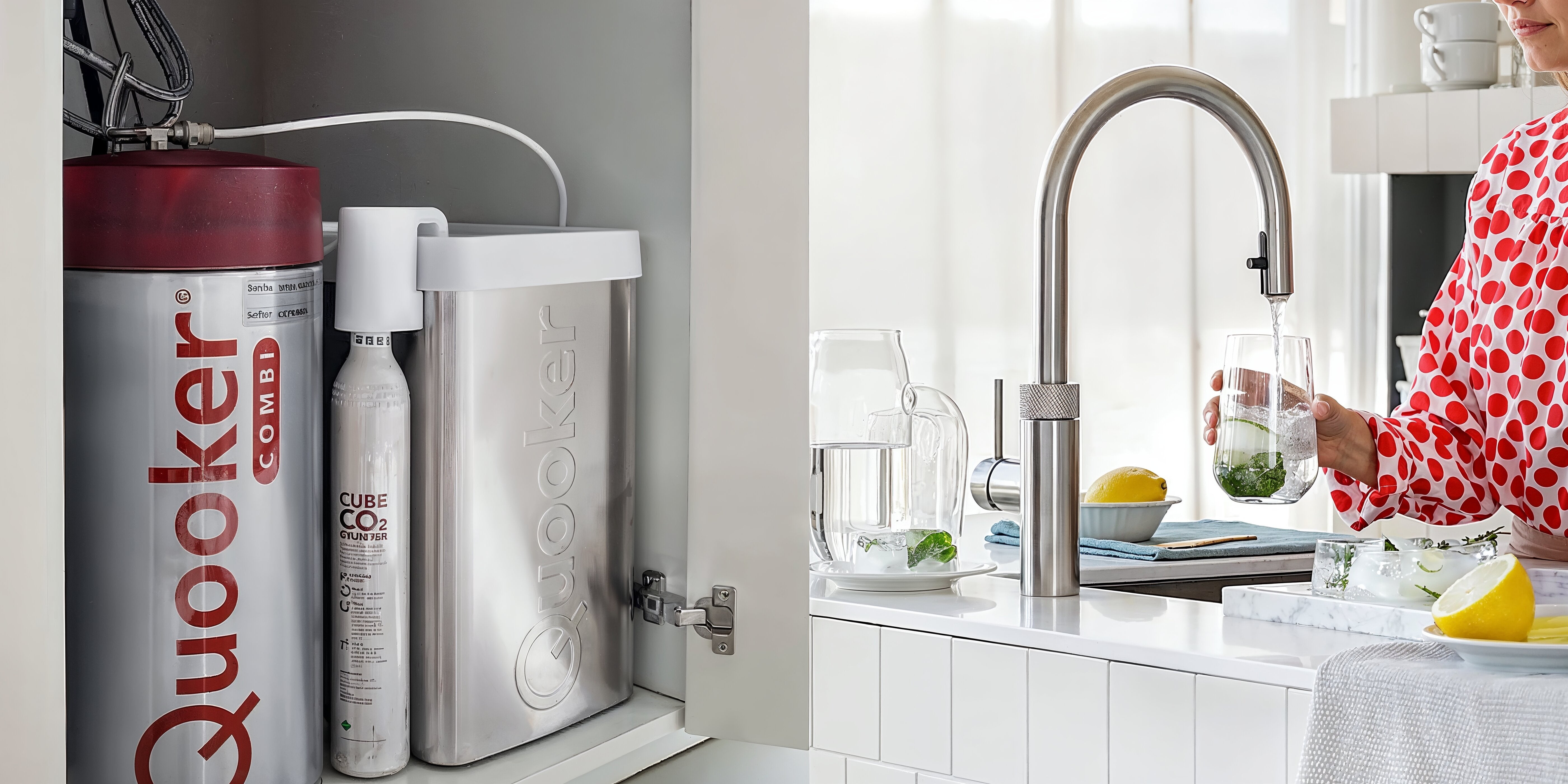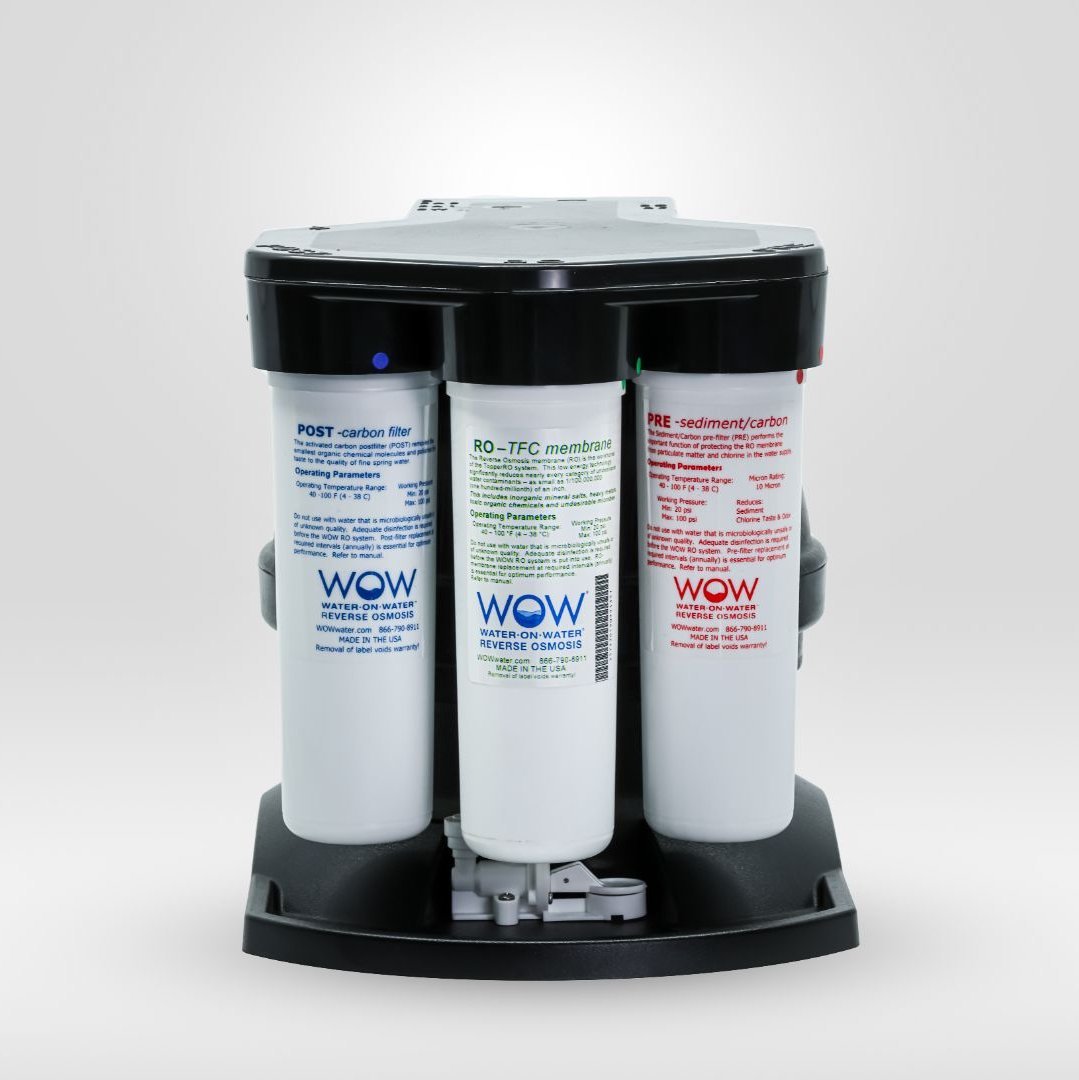Black particles in tap water are usually caused by wear and tear on rubber components in faucets and pipes, crumbling mineral deposits such as manganese or iron, or carbon particles from outdated water filters. These particles range in size from a few millimeters to microscopic fragments and can appear suddenly after work on the water supply system or changes in water pressure. While most black particles are not directly harmful to health, they do indicate deterioration in water quality and can cause discomfort in vulnerable groups such as children and pregnant women.
Black particles in tap water: what does this mean for your water quality?
Discovering black particles in your tap water can be an alarming experience. This unexpected contamination immediately raises questions about the safety of your drinking water and the condition of your plumbing system. The particles can take various forms, from tiny black specks to larger chunks that are visible floating in your glass.
The presence of these particles often indicates underlying problems with your water supply or household system. They can indicate aging infrastructure, recent work on the water system, or problems with your own pipes and faucets. Understanding the cause is essential for finding the right solution.
When you notice black particles, it's important to take immediate action. Note when the particles appear, their size and consistency, and whether they're coming from only certain faucets. This information helps identify the source and determine the urgency of the problem.
What exactly are those black particles in my tap water?
The black particles in tap water can consist of various materials, each with their own characteristics and origins. Rubber particles are the most common culprit, originating from worn gaskets and seals in faucets, water heaters, or pipe fittings. These particles are usually soft, elastic, and often float on the water's surface.
Mineral deposits are another category of black contaminants. Manganese and iron particles form when these naturally occurring minerals in water oxidize and precipitate. These particles are harder than rubber, sink to the bottom of your glass, and can give the water a metallic taste. They are particularly common in areas with hard water or where groundwater is used as a source.
Carbon particles from water filters are a third type. When activated carbon filters age or are not properly rinsed during initial use, small black granules can be released. These particles are very fine, powdery, and often dissolve when agitated, making the water cloudy.
- Rubber particles: soft, elastic, floating
- Manganese/iron: hard, sinking, metallic taste
- Carbon: fine, powdery, soluble
- Biofilm: slimy, clumping, organic
Why are black particles suddenly coming out of my tap?
The sudden appearance of black particles is often related to changes in your water system. Work on the water supply can dislodge sediment and deposits that have been stuck to the inside of pipes for years. This disruption causes the accumulated particles to be released and flow out through your faucet.
Aging pipes and faucet parts also play a crucial role. Rubber gaskets and O-rings in faucets, mixer taps, and flexible hoses degrade over time. This process accelerates at higher water temperatures, which explains why black particles often first appear near hot water taps.
Seasonal factors also influence the release of particles. Temperature fluctuations cause pipes to expand and contract, releasing deposits. Changes in water pressure, for example, due to maintenance work or peak summer consumption, can suddenly mobilize mineral deposits.
| Cause | Features | When will it appear |
|---|---|---|
| Water pipe work | Various particles, temporary | Immediately after work |
| Worn rubbers | Black, soft fragments | Gradually increasing |
| Mineral deposits | Hard, sandy grains | In case of pressure changes |
| Old filters | Fine carbon powder | After filter replacement |
Are black particles in tap water dangerous to my health?
The health risks of black particles depend greatly on their composition and concentration. Rubber particles from gaskets are generally not acutely toxic, but prolonged consumption can cause the accumulation of undesirable substances in the body. Inhaling or swallowing large amounts can cause gastrointestinal complaints.
Mineral particles such as manganese and iron are harmless in small quantities and occur naturally in water. However, elevated concentrations of manganese can have neurological effects, especially in children and pregnant women. Iron particles can affect the taste and cause stomach upset in sensitive individuals.
Stricter standards apply to vulnerable groups. Babies, young children, pregnant women, and people with weakened immune systems must be especially careful. For these groups, it is advisable not to use the water for consumption if black particles persist until the source has been identified and the problem resolved.
Medical advice is necessary when:
- The particles are accompanied by a chemical odor or taste
- You experience health problems after consumption
- The contamination lasts for more than a week
- There are vulnerable people in your household
How do I remove black particles from my tap water?
The first step in removing black particles is to thoroughly flush your pipes. Open all the faucets in your home for 5-10 minutes to flush out any loose particles. Start with the faucet closest to the main water line and work systematically through the house. This often resolves temporary problems after the work is done.
For structural problems, replacing worn parts is essential. Inspect faucet filters, aerators, and flexible hoses for visible wear. Rubber parts that turn black when touched should be replaced immediately. This is especially important for older faucets and connections.
Professional water filtration offers the most complete solution for removing black particles. Home water filter systems with reverse osmosis technology remove up to 99% of all contaminants, including the smallest particles. These systems filter not only visible contamination but also dissolved solids, pharmaceutical residues, and microplastics that are invisible to the naked eye.
The difference between standard filters and reverse osmosis is significant. While conventional carbon filters primarily improve odor and taste, reverse osmosis effectively removes all types of particles down to the molecular level. This results in spring-quality water, free of all forms of contamination.
Preventing black particles: sustainable solutions for clean tap water
Prevention starts with regular maintenance of your water system. Schedule annual inspections of faucets, pipes, and connections. Replace rubber parts preventatively every 3-5 years, depending on the water quality in your area. Clean faucet filters and aerators monthly to prevent sediment buildup.
Investing in a certified water filter system offers long-term protection against all forms of water contamination. Modern reverse osmosis systems not only remove black particles but also dramatically improve overall water quality. They filter PFAS, pharmaceutical residues, pesticides, and heavy metals, resulting in safer and better-tasting water.
The benefits of professional water filtration extend beyond just removing visible contaminants:
- Protection against future pollution
- Improvement of taste and smell
- Extending the lifespan of household appliances
- Water quality assurance for the whole family
- Saving on bottled water and maintenance
For optimal results, choose systems that meet international standards such as NSF/ANSI certification. These guarantee reliable performance and safety for long-term use. With the right combination of preventative maintenance and professional filtration, you can make black particles in your tap water a thing of the past, while enjoying pure, healthy water for your entire household.
